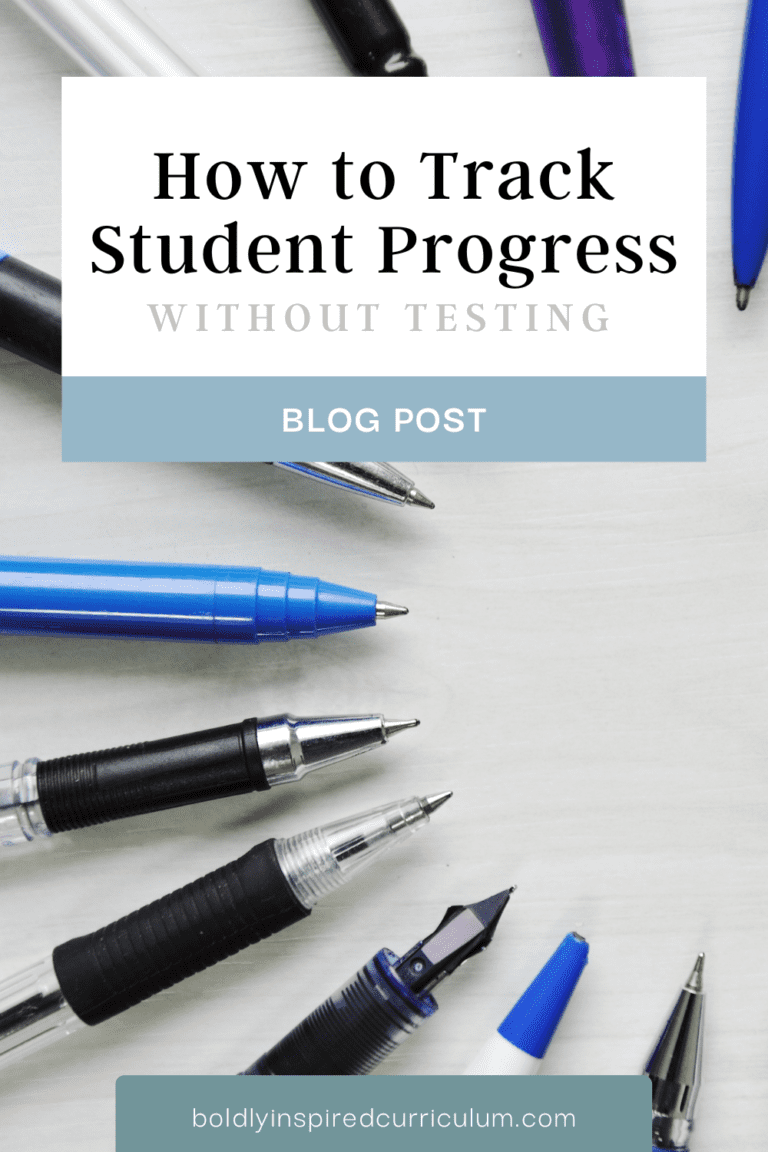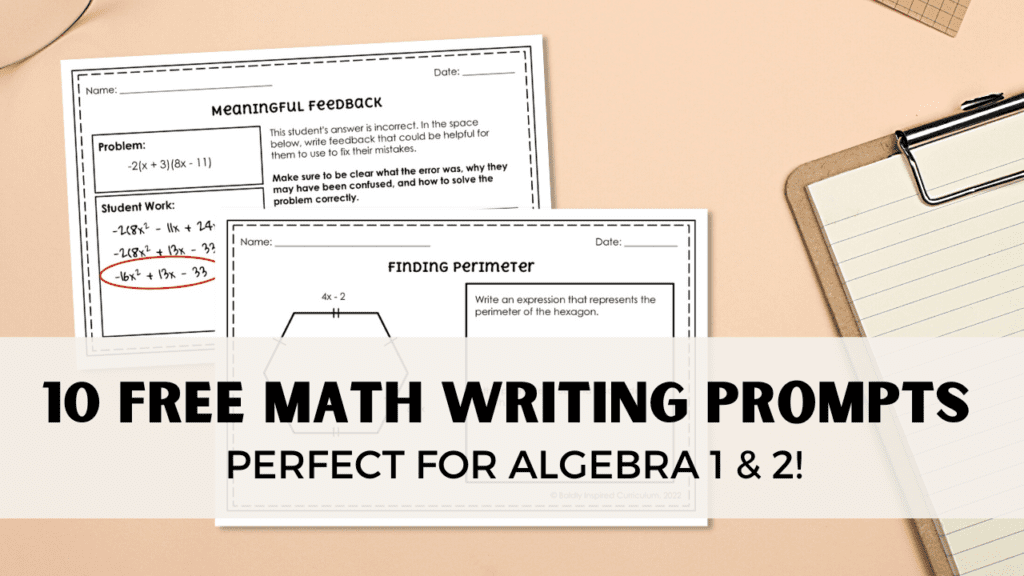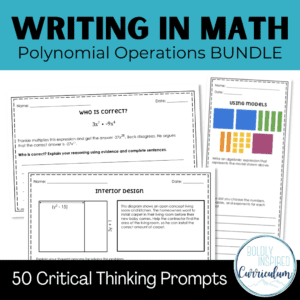As education moves further and further away from traditional grading and changing the goals of what a student is able to show upon graduation, teachers are looking to find alternative ways to assess students’ understanding. Formative assessments in math class are a great way to track student progress, but what if we are collecting the wrong data?
Let’s take a look at some outcomes to look for from our students (that aren’t entirely content based).

Table of Contents
Togglecontent based:
Can the student solve a problem using the process that was taught? For example, is the student solving an equation by making sure each side is balanced throughout or are they solving using guess and check?
Does the student perform arithmetic accurately or are they making small mistakes? Tracking these mistakes shows you a lot about your students’ strengths and weaknesses, so that you can further support them. If you are able to check these small mistakes consistently, the student is more likely to catch it on their own in the future.
Can the student apply their knowledge to word problems or applications?
Does the student understand the meaning behind the formula? There’s no room for plug and chug here! We want our students to actually know why they are doing what they’re doing.
skills based:
Does the student check their work?
Is the student a self-starter or do they need to be prompted before solving a problem? Some students don’t start their work because they don’t understand, don’t know where to start, or are afraid to get the wrong answer. Once you figure out what is holding your students back, you will be able to support them more effectively!
Can the student organize their thoughts and ideas? You should consider if your students can break up a problem on their own or needs your guidance.
6 formative assessments to track these skills
2. Turn and Talk Observations
Listening to student conversations is a great way to see which students get it. You’ll also be able to see which students need a little more time to think about an idea and practice it. If asked the right questions, they may come up with some amazing, out-of-the-box responses!
3. Small Group Observations
I love using whiteboards when working in small groups. The students are solving the problems right along with you and you are better able to see their thought processes. They are also more likely to participate and ask questions in a smaller group of classmates.
Grab the Ultimate Guide to (high school) Math Centers!
4. Homework Completion
You may not give homework regularly, but this could also apply to in class independent practice. See who is making an effort to get the work done and who is less than enthusiastic to get started.
Instead of immediately saying they are lazy (we won’t rule this out of course), think about what may be holding them back from starting or completing an assignment.
5. Survey Your Students
Anonymously poll your students at the beginning or end of class. With student surveys you’ll get an idea of how confident they are in the material that has been taught. They may not give themselves as much credit as they deserve, but I think that is also super valuable information to have about a student and their learning.
6. Writing prompts
These grab and go writing prompts can be generic or related to a standard. This is another low stakes option for giving your students a way to share their thinking.



